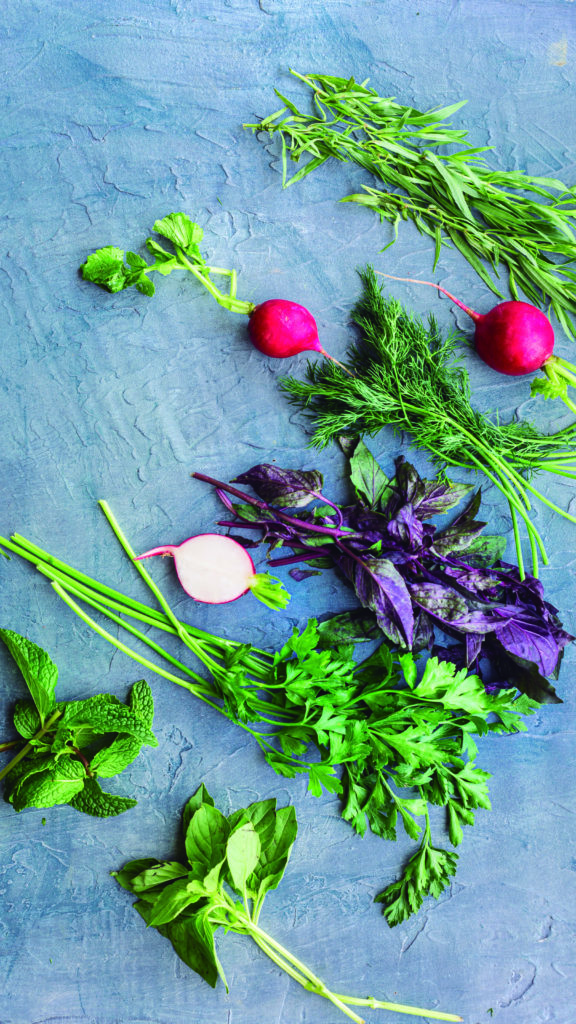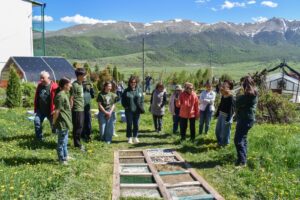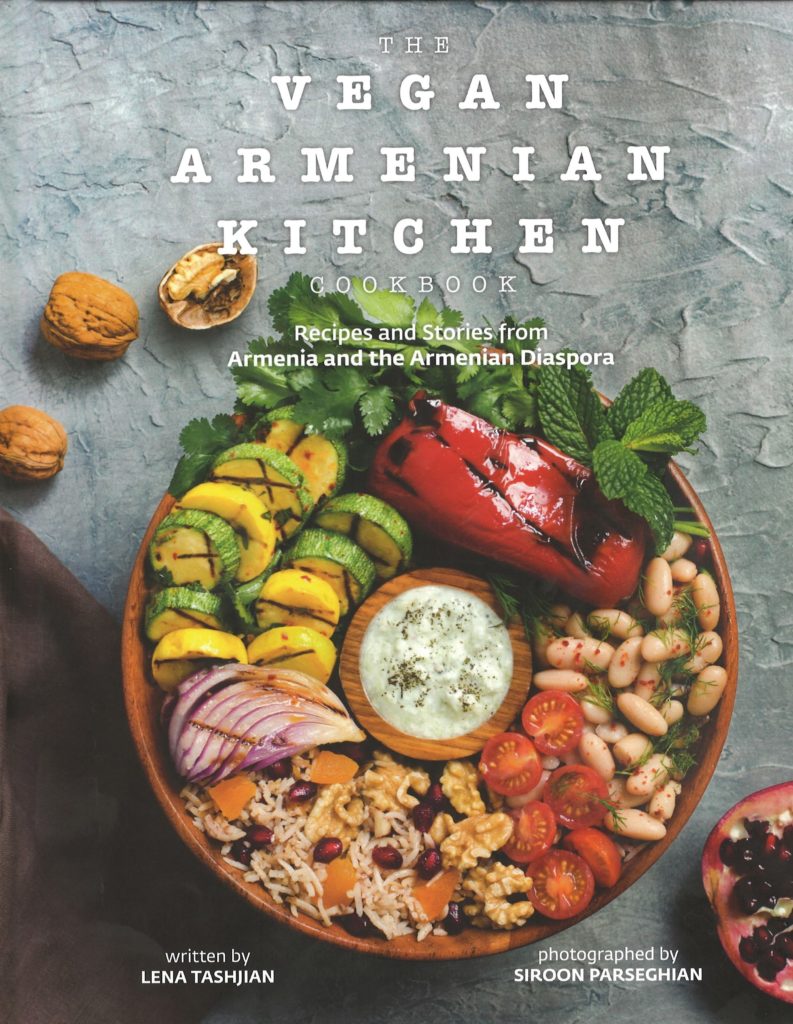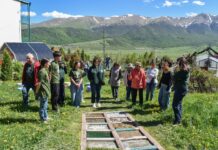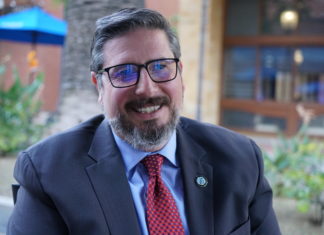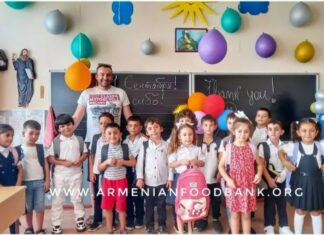WATERTOWN – The authors of The Vegan Armenian Kitchen Cookbook: Recipes and Stories from Armenia and the Armenian Diaspora, presented their book on March 10 at an event organized by New Paths-Bridging Armenian Women hosted at the Tekeyan Cultural Association’s Baikar Building.
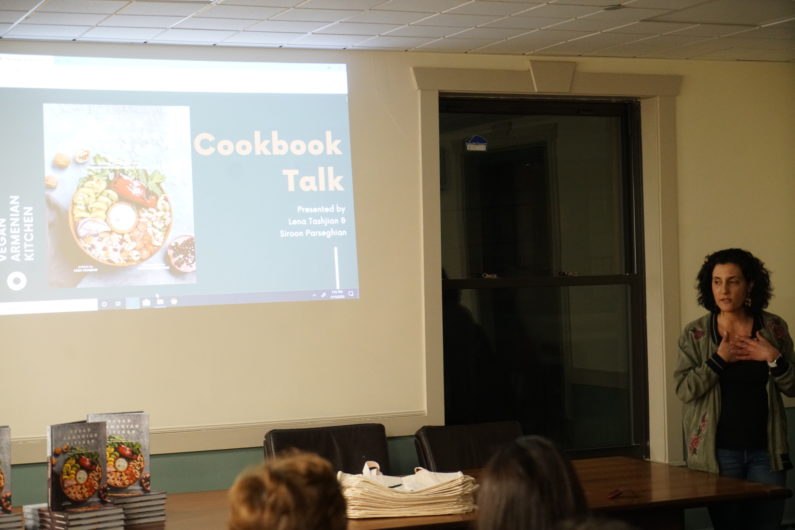
Kristin Asadourian of New Paths introduced the authors, thanked Tekeyan and Baikar for allowing use of their hall, and said that the event was consonant with the goal of New Paths; namely, to connect Armenian women, to support each other and to lift each other up. Author Lena Tashjian and photographer for the book Siroon Parseghian used slide illustrations to accompany their talk.
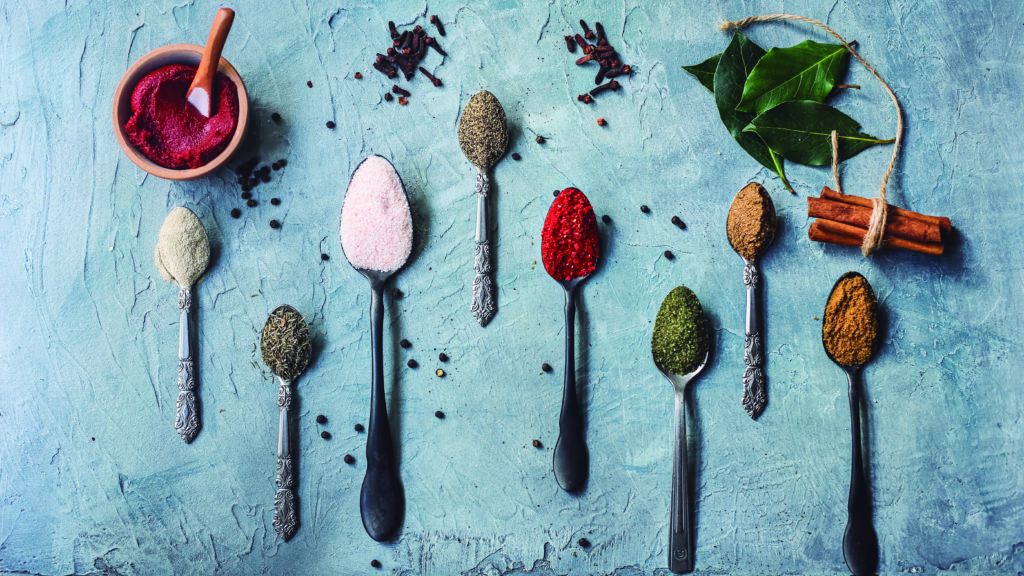
The 265-page book contains 119 recipes from both the Republic of Armenia and the diaspora. It covers a wide range of items, including herbs, pastes, syrups, drinks, breakfast, salads, soups and stews, bread, main dishes like various types of dolma (tolma) and bean dishes, accompaniments (especially various rice, bulghur and potato dishes) and desserts. Information is provided on folk practices like reading coffee grounds or toasting customs. The photographs make the various food items seem tantalizingly close and appealing.
The pages are sprinkled with Armenian sayings printed both in the Armenian alphabet and translated into English (e.g. “To know a person, you must eat a handful of salt with them”). The index at the end can help readers quickly navigate through the book.
Tashjian lives in Toronto, Canada, while Parseghian lives in Los Angeles. Tashjian said that she went vegan while studying at college, while Parseghian became convinced in 2011 after watching the documentary film “Forks over Knives.” Tashjian went to Armenia through Birthright Armenia in 2011. She ended up spending six years there, volunteering first for Green Lane, an agricultural assistance nongovernmental organization (NGO) through Birthright and then working for the same NGO and learning about farms and foods through them. She said her writing afterwards was independently done for various local and international publications on food, nutrition, travel and culture.
Siroon went to Armenia through Birthright Armenia in 2012 for four months, and met Tashjian there. Afterwards, in the US, she started a production company called Rhinofly Productions with her husband for product photography. She soon tried food photography for a client and fell in love with styling and photographing food.
After Tashjian returned to Canada, she started a blog and YouTube channel on vegan Armenian recipes and food. Parseghian contacted Tashjian to ask for some recipes. Then the latter came to Los Angeles and the two reunited after six years. Tashjian proposed creating a cookbook, which was officially released in January 2020 after a year. It took them one year of working long distance to complete it, as well as one further visit in March of last year.
